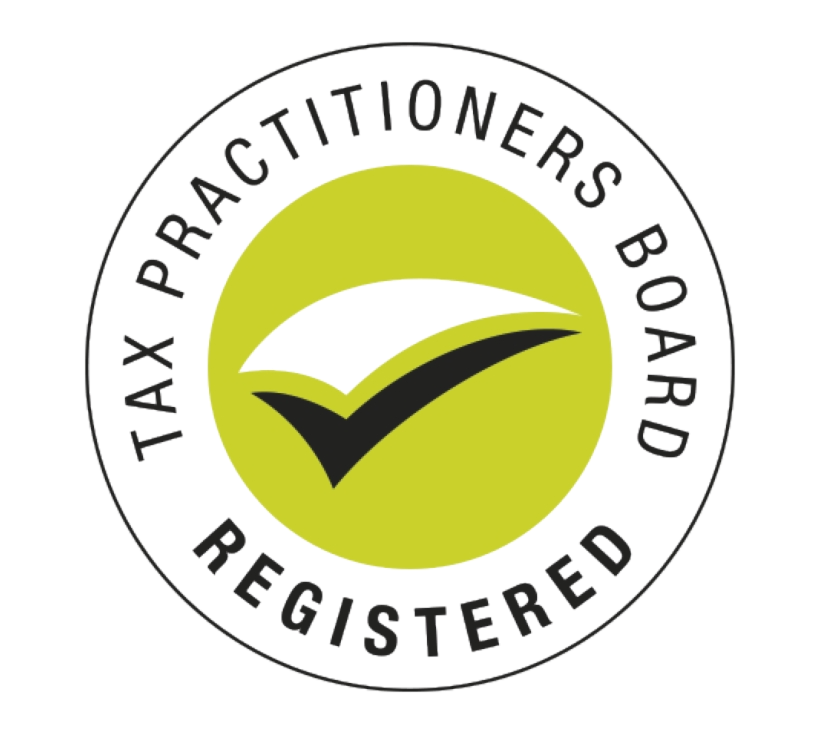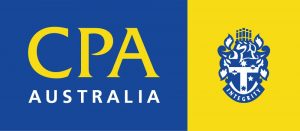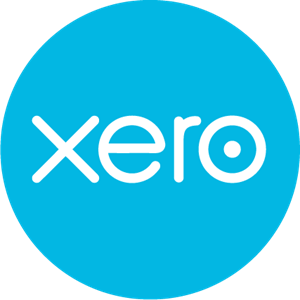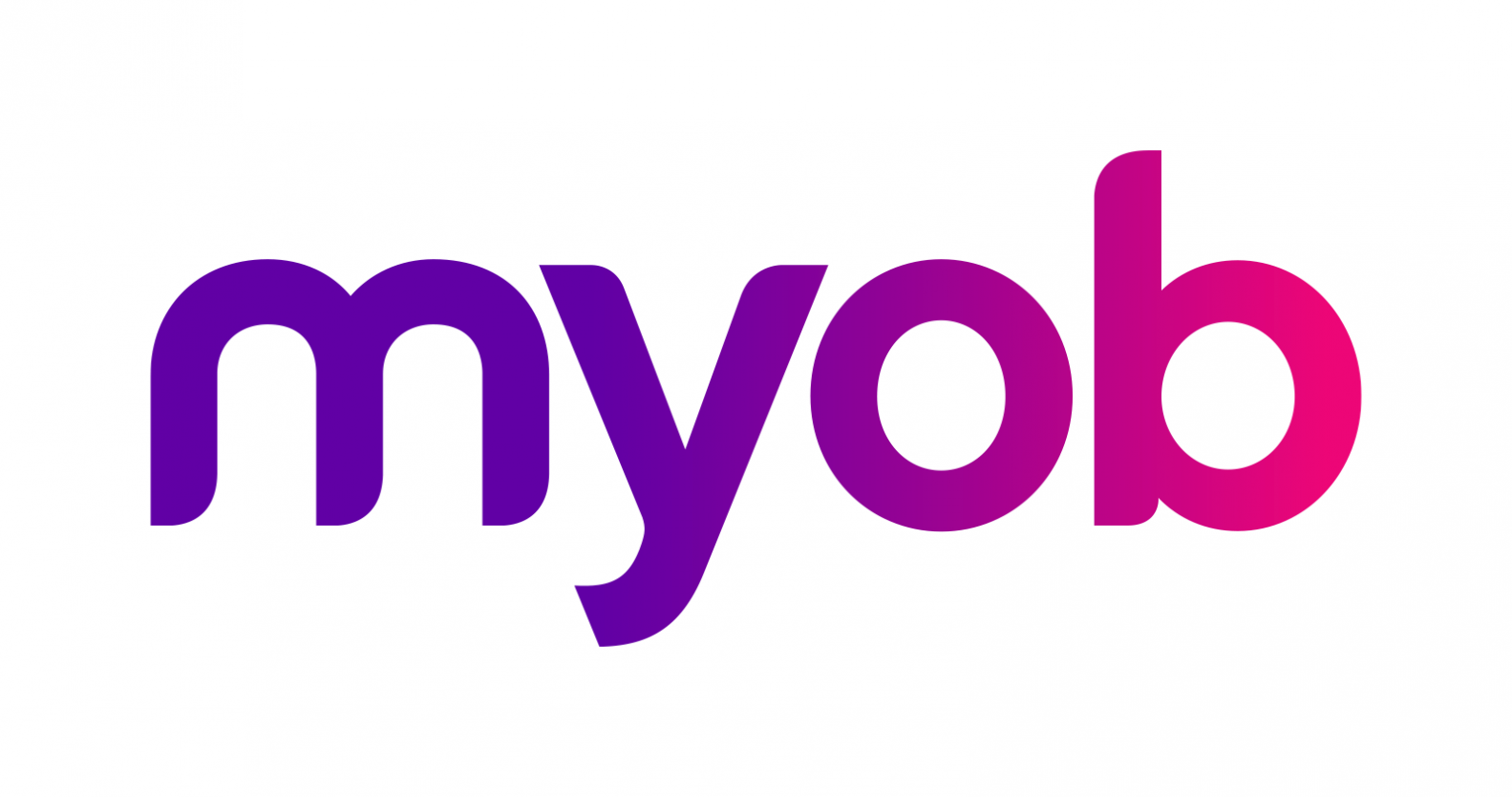The ATO has recently provided information to assist taxpayers in working out how to claim deductions under temporary full expensing when they lodge their tax return
If the taxpayer’s income years end on 30 June, deductions under temporary full expensing are only available in the 2021, 2022 and 2023 income years. They can claim the temporary full expensing deduction in their tax return for the relevant income year by completing the extra labels included in the tax return.
Taxpayers can choose to opt out of temporary full expensing for an income year for some or all of their assets and claim a deduction using other depreciation rules. However, they must notify the ATO in their tax return that they have chosen not to apply temporary full expensing to the asset.
Taxpayers can’t change their choice, and they must notify the ATO by the day they lodge their tax return for the income year to which the choice relates.
Information given in the extra labels included in the tax return about the taxpayer’s eligibility and their claim will assist the ATO in administering the temporary full expensing measure, as well as inform future services and initiatives for business.
The information that the taxpayer will need to provide on the extra labels in the tax return
includes:
- whether the taxpayer is making a choice to opt out of temporary full expensing for some or all of their eligible assets;
- the number of assets they are opting out for (if applicable);
- the cost of assets they are opting out for (if applicable);
- the total amount of their temporary full expensing deduction;
- the number of assets they are claiming temporary full expensing for;
- whether they are using the alternative income test (corporate entities); and
- their aggregated turnover.
Taxpayers can use the temporary full expensing tax return label guide to help identify which labels they will need to complete in their tax return, to ensure they correctly claim or opt out of the temporary full expensing measure.
Further information can be found by accessing Temporary full expensing on the ATO’s website.
Ref: ATO website, Business, Temporary Full Expensing, 5 April 2023









